Phenom Pro Desktop SEM
The sixth-generation of Thermo Scientific Phenom Pro G6 Desktop SEM fills the gap between light microscopy and floor-model SEM analysis, thus expanding the capabilities of research facilities.
Fast and easy to use, the Phenom Pro G6 Desktop SEM can be used to relieve the burden of routine analysis for common samples from floor-model SEM instruments. Instrument configuration and the sample loading mechanism ensure quick imaging with minimal time spent tuning between experiments.
Facility users of any experience level can quickly begin producing high-quality results with the Phenom Pro G6 Desktop SEM. Its long-lifetime CeB6 source offers high brightness while requiring low maintenance. Additionally, its high stability and small form factor allow the instrument to be used in practically any lab environment; more simply put, it does not require specialized infrastructure or expert oversight.
Effortless
The color navigation camera in the Phenom Pro Desktop SEM provides information that helps you make the link between optical and electron optical images. Users are ready to take images after only 10 minutes of basic training. A large variety of sample holders is available to accommodate a range of applications. Sample loading is fast and easy thanks to our patented sample vacuum loading technology.
Phenom ProSuite Software
Thermo Scientific Phenom ProSuite Software is an optional software application platform that has been developed to further enhance the capabilities of the Phenom desktop SEM. Phenom ProSuite Software enables maximum information to be extracted from images obtained on the Phenom Pro Desktop SEM.
Secondary electron detector
A secondary electron detector (SED) is optionally available on the Phenom Pro Desktop SEM. The SED collects low-energy electrons from the top surface layer of the sample. It is therefore the perfect choice to reveal detailed sample surface information.
Process control using electron microscopy
Modern industry demands high throughput with superior quality, a balance that is maintained through robust process control. SEM and TEM tools with dedicated automation software provide rapid, multi-scale information for process monitoring and improvement.
Quality control and failure analysis
Quality control and assurance are essential in modern industry. We offer a range of EM and spectroscopy tools for multi-scale and multi-modal analysis of defects, allowing you to make reliable and informed decisions for process control and improvement.
Fundamental Materials Research
Novel materials are investigated at increasingly smaller scales for maximum control of their physical and chemical properties. Electron microscopy provides researchers with key insight into a wide variety of material characteristics at the micro- to nano-scale.
EDS Elemental Analysis
Thermo Scientific Phenom Elemental Mapping Software provides fast and reliable information on the distribution of chemical elements within a sample.
3D EDS Tomography
Modern materials research is increasingly reliant on nanoscale analysis in three dimensions. 3D characterization, including compositional data for full chemical and structural context, is possible with 3D EM and energy dispersive X-ray spectroscopy.
Atomic-Scale Elemental Mapping with EDS
Atomic-resolution EDS provides unparalleled chemical context for materials analysis by differentiating the elemental identity of individual atoms. When combined with high-resolution TEM, it is possible to observe the precise organization of atoms in a sample.
Imaging Hot Samples
Studying materials in real-world conditions often involves working at high temperatures. The behavior of materials as they recrystallize, melt, deform, or react in the presence of heat can be studied in situ with scanning electron microscopy or DualBeam tools.
In Situ experimentation
Direct, real-time observation of microstructural changes with electron microscopy is necessary to understand the underlying principles of dynamic processes such as recrystallization, grain growth, and phase transformation during heating, cooling, and wetting.
Multi-scale analysis
Novel materials must be analyzed at ever higher resolution while retaining the larger context of the sample. Multi-scale analysis allows for the correlation of various imaging tools and modalities such as X-ray microCT, DualBeam, Laser PFIB, SEM and TEM.

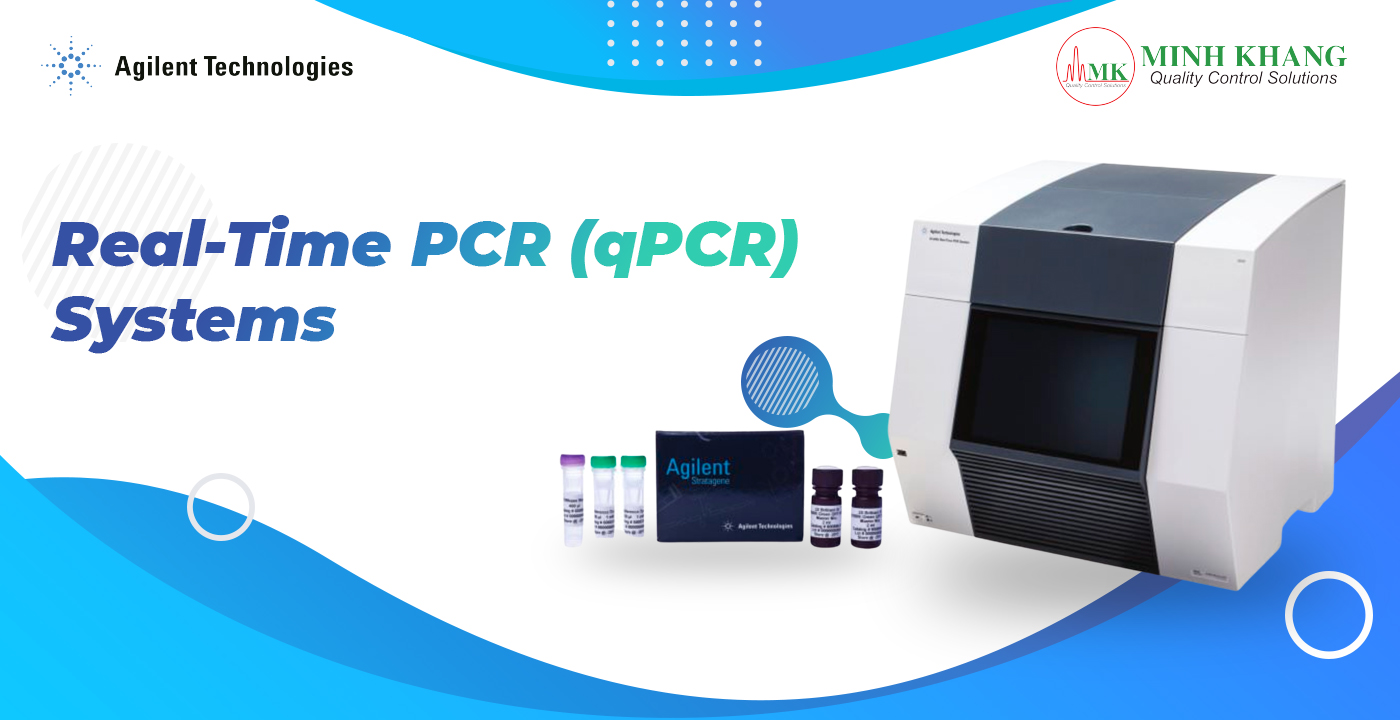

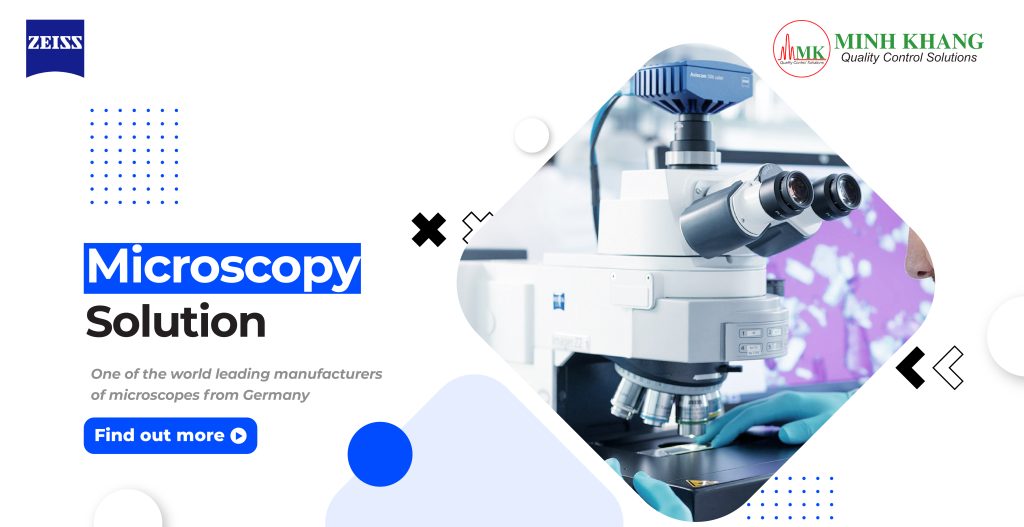
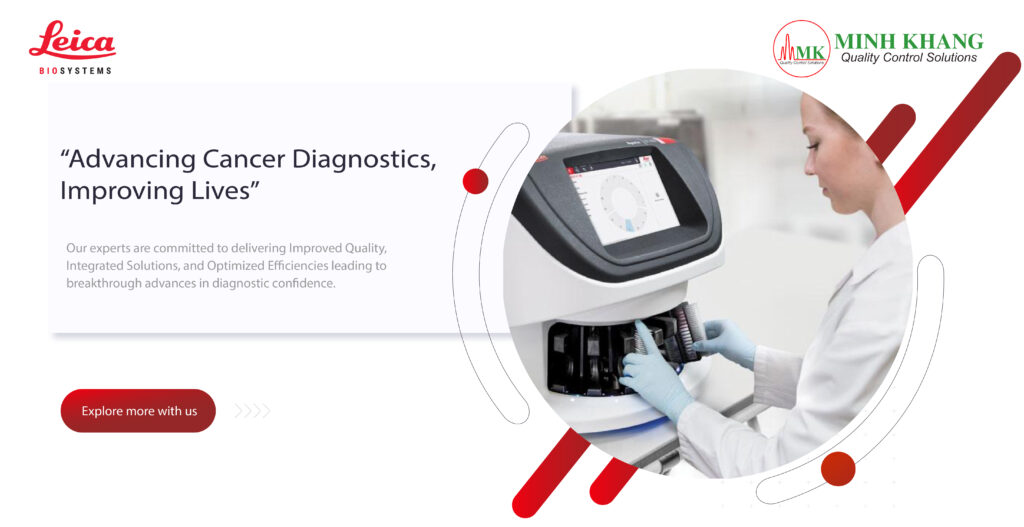
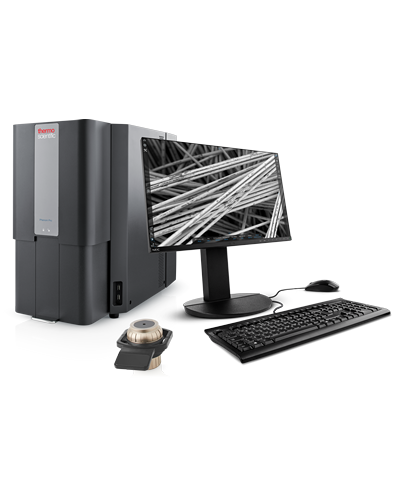





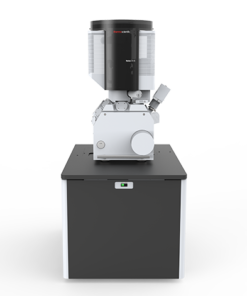




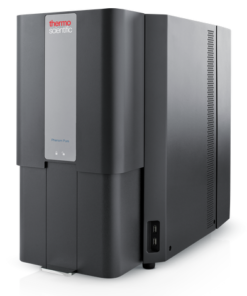

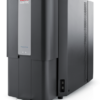
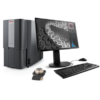

 VI
VI